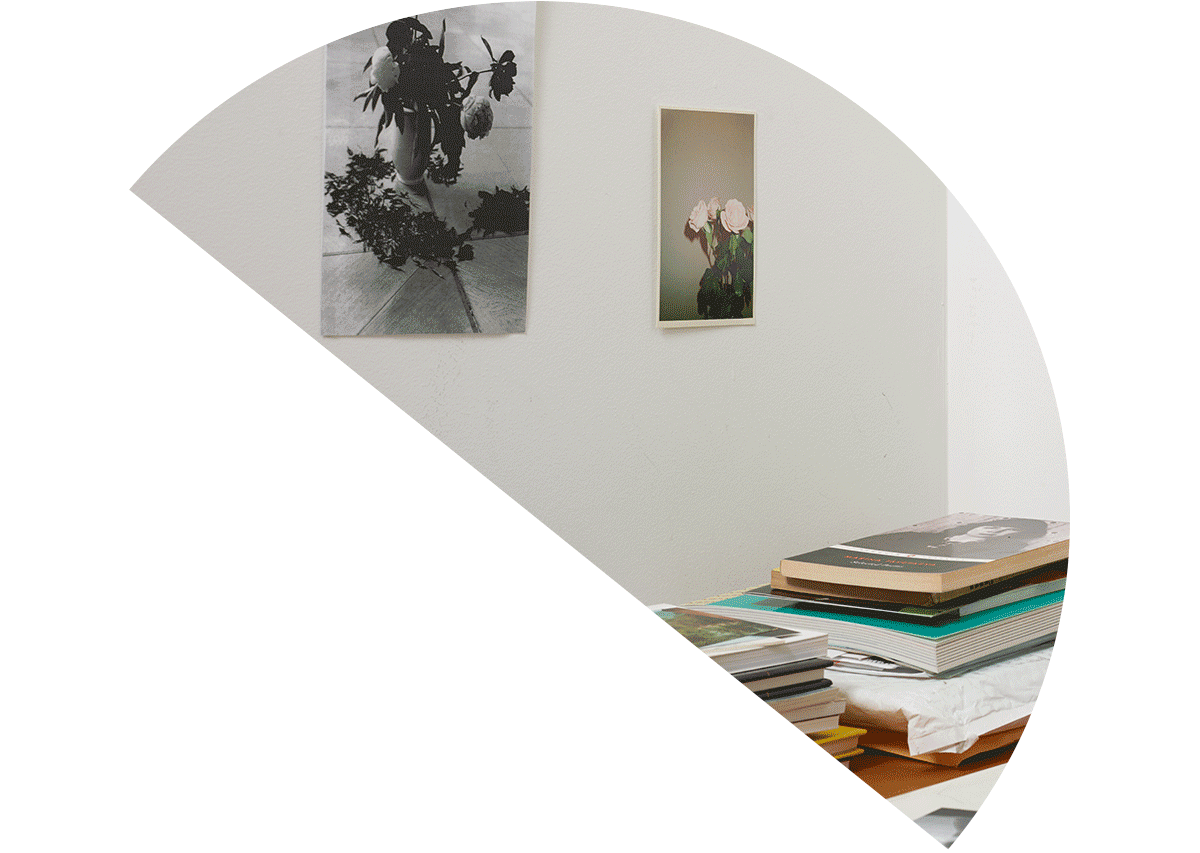Alejandro Cesarco: a solo exhibition
September 8, 2019–January 5, 2020
Witte de Withstraat 50
3012 BR Rotterdam
The Netherlands
Hours: Wednesday–Sunday 11am–6pm,
Friday 6–9pm
T +31 10 411 0144
F +31 10 411 7924
office@kunstinstituutmelly.nl
Rossella Biscotti, new work
This exhibition with a new body of work, centers on the artist’s most recent research into the forced displacement and exploitation of bodies—human and animal—during the Dutch colonial period in Southeast Asia, and the exportation of plants at the wake of the 20th century. This, she traces through real and fictional accounts. The artist is interested in description, and in manifesting through sculpture and images, as well as through other genres and materials, the constitution of sentient beings as they are and not only as they may come to be perceived. She does so with an attentiveness towards revealing individual narratives, which she draws as much from oral histories, as she does from her technical, archival, and field research into sites that have been historically tapped by different forms of mining, exploitation, and confinement.
Alejandro Cesarco, a solo exhibition
This solo exhibition presents for the first time the full Index series created by Alejandro Cesarco. Begun in 2000, this series encapsulates the core themes of his work, and is a central and ongoing project within the artist’s larger praxis. Each index references an imaginary book he “hasn’t written and most probably never will.” Each one addresses a specific theme or topic and hints at a possible narrative within it. To date, Cesarco has made six different indexes and is creating a new one for this exhibition; their subject-matter ranges from large ideas, such as writing’s relation to memory or the repetition of romantic archetypes, to very focused emotions, such as mourning or regret.
These exhibitions are organized by Sofia Hernández Chong Cuy, Witte de With’s director; Rosa de Graaf, associate curator; and Wendy van Slagmaat-Bos, project coordinator.
Founded in 1990, Witte de With Center for Contemporary Art in Rotterdam was conceived as an art house with a mission to present and discuss the work created today by visual artists and cultural makers. The institution was originally named after its street, which, for its part, was named in 1871 after the seventeenth century naval officer Witte Corneliszoon de With. Recently, it has come to examine the origins of its name.


